The infamous Namib Desert

The Namib is a true dry desert formed by the combined effects of at least three climatic processes:
First, the cold Benguela Current, which cools the maritime air as it blows across the ocean and then inland, inhibits the formation of rain along the entire coastal belt. Once onshore, the moist maritime air is still so cold that it cannot rise above warmer layers of air that have been heated by the bare surface of the desert. The maritime air therefore usually remains trapped in an inversion layer within a few hundred metres of the ground, where it is unable to rise, cool and condense into rain droplets, and often remains suspended in the air as fog during the evening and morning.
Second, the moist tropical air that is drawn in with the seasonal southward progression of the Intertropical Convergence Zone precipitates first in the north and east, and then in the central parts of Namibia leaving less and less water available to fall as rain across the southern and western areas of the country.
Third, the escarpment drops sharply down to the coastal plain. Any moist air approaching from the eastern interior warms as it drops down over the escarpment, causing any moisture to evaporate. On the day this MODIS image was taken, most of the moisture evaporated at the point where land elevation dropped below 700 metres above sea level, marked by the yellow contour line. East of this line, the moisture is visible as clouds; west of the line, there are no clouds.
Image: MODIS Terra, NASA
Some features of the Namib Desert:
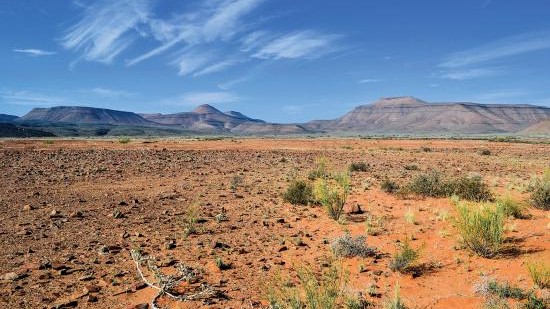
Photo: JB Dodane
Desert plains and flat-topped mountains are iconic to the Etendeka Tablelands of northwestern Namibia.

Photo: P Torrodellas
Fog shrouds the lagoon at Walvis Bay.
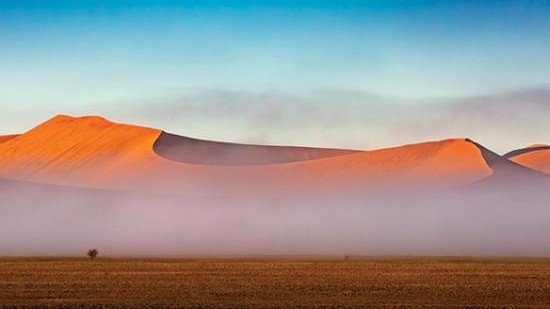
Photo: K Rheese
Sossusvlei dunes rise above the fog, a rare occurrence so far east.

Photo: S Rankl
The sand sea meets the ocean at Conception Bay.
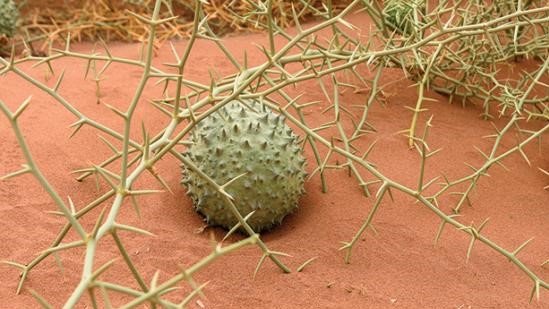
Photo: M Serfling
A nutritious melon of the Namib's !nara plant is highly sought after, in spite of its thorny features.

Photo: NACSO/WWF in Namibia
Sandy plains at Puros Conservancy harbour seeds that will take advantage of rain when it comes.

Photo: P van Schalkwyk
Extensive plains of gravels have been exposed where winds have blown away the finer sands.
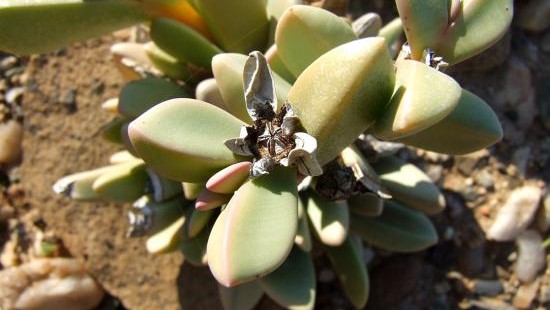
Photo: P Craven
One of many succulent plant species that is adapted to survive the Namib, Hartmanthus pergamentaceus.
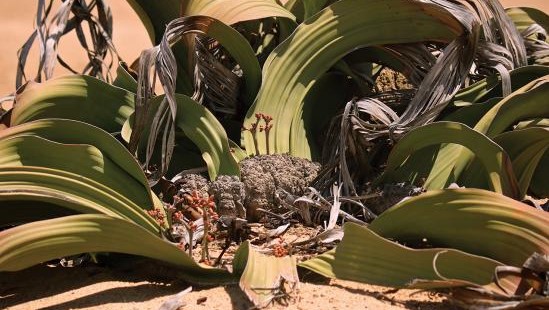
Photo: N Pallett
The iconic Welwitschia mirabilis, like many desert plants, provides a refuge for insects, birds and small mammals in the central Namib.

Photo: L Polik
This lichen, photographed at Cape Cross, is a symbiotic relationship between an alga and fungus; a variety of lichens occur in several discrete areas or 'lichen fields' in the central Namib Desert.
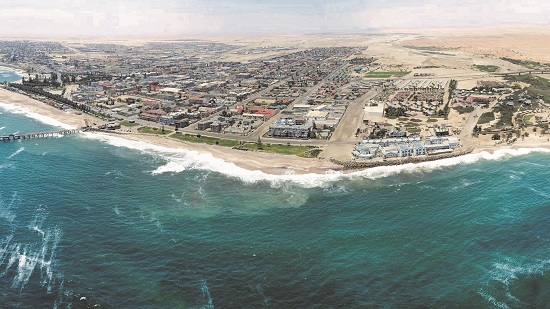
Photo: T Figueira
The coastal desert town of Swakopmund is one of few hubs in the Namib's vast, arid wilderness.

